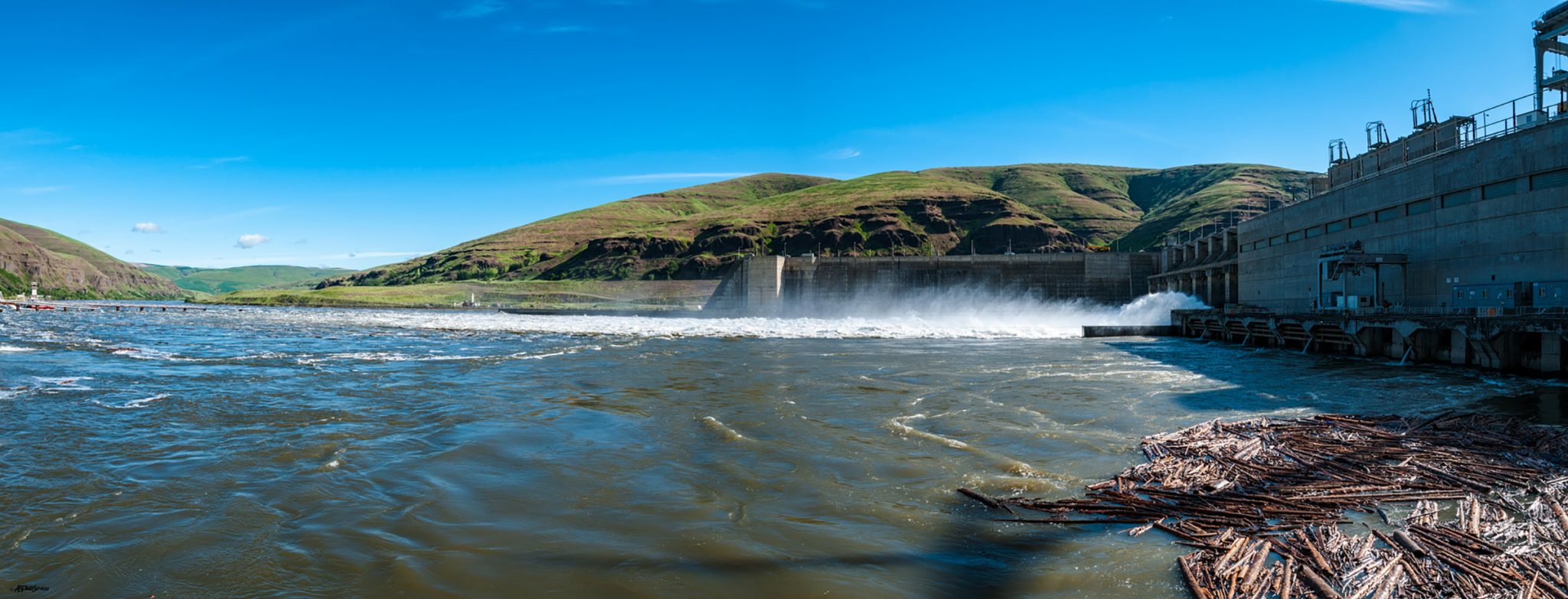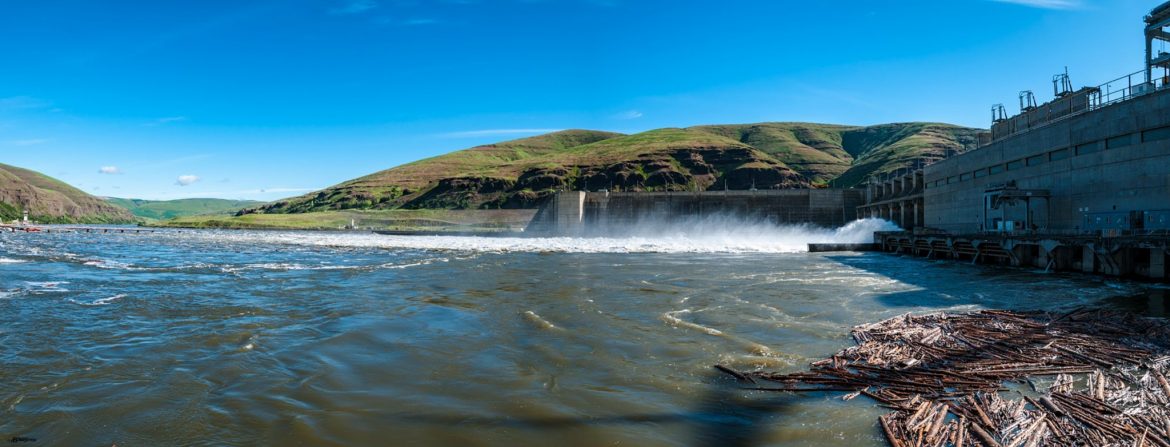The Trump administration admits that removing the four dams would give endangered salmon their best chance against extinction, feed imperiled whales, and help restore Indigenous practices and traditions along the river, but decides against it.
The Trump administration has refused to remove four large hydroelectric dams on the Snake River in Washington State, despite the enormous toll the structures exact on the region’s tribes, important ecosystems, and rural fishing communities. The decision confirms that solutions will not come from this White House in the decades-long fight to save 13 threatened or endangered salmon populations, along with the orcas that depend on them.
The Columbia River drainage basin covers an area about the size of Texas, and its salmon runs have fed the Nez Perce, Palouse, Umatilla, Wanapum, Warm Springs, and Yakama peoples, (along with many others) for 10,000 years or more. Today, the Columbia River Basin is the most dammed river system in the world. The federal government built four large dams on the lower Snake River between 1962 and 1975. They came at the end of an era of large dam-building, which coincided with a widespread awakening to the country’s environmental problems. Unfortunately, that awareness came too late for much of the region’s rivers and aquatic life.
The Trump administration, in its latest management plan, admits that it is “difficult to overstate” the effects the dams have had on tribal cultures, ways of life, and traditions. The agencies involved concede “these effects have been explicit—as in the loss of celebrated fishing sites…and implicit—including the loss of the innumerable and unquantifiable intra- and inter-tribal interactions that occurred at these locations, such as loci-focused ceremonies, traditions, languages and customs, dances and song.”
Although the government has spent more than $15 billion trying to restore salmon to the river, less than 1 percent of Snake River salmon are able to return home to spawn. Habitat restoration, restrictions on fishing, and hatcheries that produce salmon to supplement wild runs have not been able to reverse the slide toward extinction—13 Columbia Basin salmon and steelhead populations remain listed as endangered. Last year, just 17 sockeye salmon—a record-breaking low—returned across the dams to Idaho. And we are only now beginning to understand the dams’ dangerous downstream effects.
The orcas rely on Columbia Basin salmon—including those from the Snake River, the Columbia’s largest tributary— for food during a critical time of year, when pregnant whales are storing up enough fat reserves to carry their calves to term. But 70 percent of these pregancies now end in miscarriage because the orcas are starving to death. Scientists have observed whales with “peanut head,” a misshapen head and neck that results from malnourishment. The Southern Resident orca population is down to only 72 remaining members, and only a small fraction of that total are old enough to reproduce.
Reasons for keeping the dams have substantially eroded over time. A recent study commissioned by NRDC, the NW Energy Coalition, and additional partners confirms that the power generated by the dams could be replaced with alternative sources without increasing greenhouse gas emissions and at low cost. And freight traffic along the river, which the dams support and which used to be considerable, has declined by as much as 70 percent.
The decision to jeopardize the continued existence of salmon—in violation of federal trust and treaty obligations to tribes—and keep the dams will almost certainly be contested in court. The Trump administration’s own plan admits that only a free-flowing Snake River can offer robust salmon restoration. We, together with elected leaders, sovereign nations, and local communities, must act with urgency to find solutions—ones that heal historic injustices along with the river so it can once again teem with the salmon that helps sustain the region’s people and traditions and its orcas.


